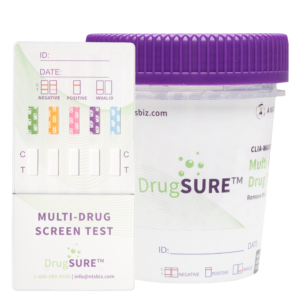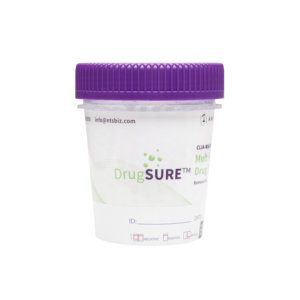Xylazine
Xylazine
XYL
What is Xylazine
Xylazine is a veterinary medication that is used as a sedative, muscle relaxant, and pain reliever in animals. It is not approved for use in humans, but it has been used illicitly as a recreational drug. Xylazine is highly potent and can cause a range of adverse effects, including respiratory depression, seizures, and coma.
Cut-Off Levels (ng/mL)
500, 1,000 ng/mL (Urine)
Window of Detection
1 – 3 Days (Urine)
How is it Used?
Xylazine can be administered orally, injected, or inhaled. It is often used in veterinary medicine to sedate large animals such as horses and cattle. Illicit use of xylazine typically involves injecting the drug or inhaling the fumes from heated xylazine tablets.
What are the Effects?
Short-Term Effects:
The short-term effects of xylazine use can include sedation, dizziness, and nausea. Xylazine can also cause respiratory depression, which can be life-threatening. In some cases, xylazine can cause seizures, muscle twitching, and loss of consciousness.
Long-Term Effects:
There is limited information available on the long-term effects of xylazine use in humans. However, animal studies have suggested that prolonged use of xylazine can lead to physical and psychological dependence, as well as a range of physical health problems. These can include respiratory problems, liver and kidney damage, and cognitive impairment. Chronic use of xylazine can also lead to mood disturbances, such as depression and anxiety.
What does it Look Like?
Xylazine is typically found in liquid or powder form. The specific appearance will depend on the manufacturing process and intended use.
Common Symptoms of Use
- Sedation
- Dizziness
- Nausea
- Respiratory depression (short-term)
- Seizures, muscle twitching, and loss of consciousness (short-term)
- Physical and psychological dependence (with long-term use)
- Respiratory problems, liver and kidney damage, and cognitive impairment (with long-term use)
- Mood disturbances, such as depression and anxiety (with long-term use)
- Ulcers on the skin
Legal Status
Alcohol is legal to purchase and consume it most part of the world with some age restrictions. Currently the legal drinking age in the United States is 21.
Testing Options
- Urine Dip Card Test
- Urine Dip Loose Strip
Live Recorded Webinar
Xylazine: An Emerging Threat and What You Need to Know
Contact us
Call Us
1-866-989-9300
Email Us
info@ntsbiz.com
Our Location
550 NW 77th Street
Boca Raton, FL 33487



